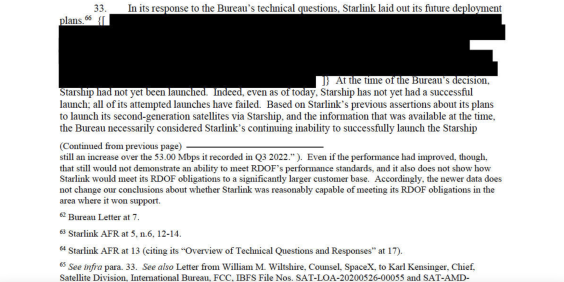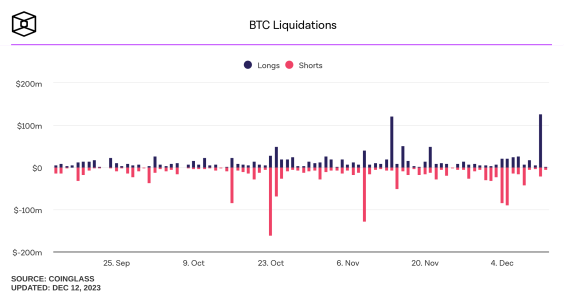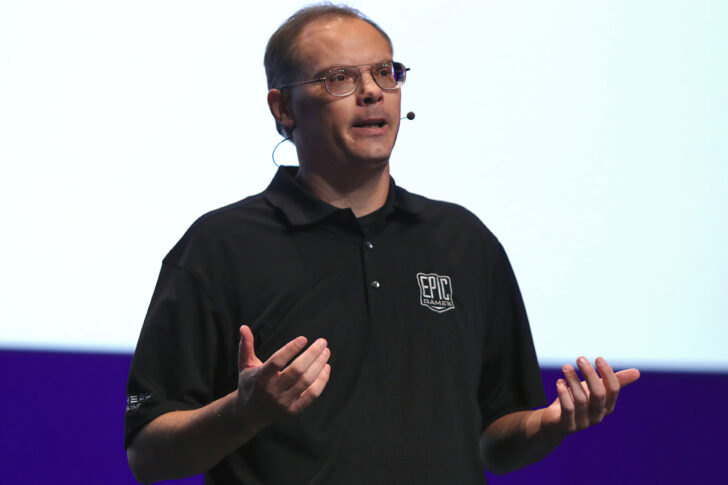This is not investment advice. The author has no position in any of the stocks mentioned. Wccftech.com has a disclosure and ethics policy.
After a launch scrub earlier this week, SpaceX successfully lifted off its Starship Super Heavy rocket from the launch pad in Boca Chica, Texas, as part of a historic test flight. The test was successful as the rocket's Super Heavy booster made its first flight and soared to the skies for most of the launch before failing during stage separation, which saw the rocket flip around in the air before exploding. The test was primarily an evaluation of the massive first-stage booster that was yet to fly, as SpaceX has already successfully tested the second-stage Starship multiple times as part of an aggressive testing campaign in 2021.
SpaceX's Latest Rocket Test Is Reminiscent Of the Firm's Earliest Test Campaign
SpaceX had first attempted to fly Starship earlier this week after a couple of months of extreme speculation surrounding the orbital test flight attempt. However, the firm had to stand down minutes before launch. During today's launch, SpaceX's presenters explained that a pressurization valve on the Super Heavy booster prevented the rocket from taking off. This valve is responsible for pressurizing the booster's liquid oxygen tank, and it had moisture in it before the tank was filled up. Like Falcon 9, Starship uses super-cold liquid oxygen and methane to increase its performance, and the oxygen temperature caused the valve to freeze.
Today's launch countdown proceeded without significant hiccups, with the only hold coming forty seconds before liftoff. However, the launch director gave their go-ahead for takeoff and the count was reset to the forty-second mark. SpaceX's John Insprucker revealed that the firm faced pressurization problems with the Super Heavy's tanks, as "final pressurization was just a little bit long." Pressurization problems were also present in SpaceX's second-stage Starship test campaign.




2 of 9
Unlike the Falcon 9, which fires its nine engines simultaneously, Starship uses a staggered engine firing sequence that starts six seconds before liftoff as the engines light up in clusters. Starship's Raptor 2 engines use electrical ignitors linked to the ground system, and they start up in four groups.
Another critical capability that SpaceX has built on Starship is holding off a launch at the forty-second mark for up to fifteen minutes to reevaluate the rocket's systems before launching. This is unlike the Falcon 9, which has to liftoff once the sequence has started or cancel the launch.
The rocket successfully lifted off at 8:28 am local time as part of an unbelievable sequence of events that saw the world's largest and most powerful launch vehicle successfully take to the skies on its first test attempt. The views were mesmerizing, with most of the 33 Raptor 2 engines firing up in all their glory during ascent and Starship continuing to soar as it reached an altitude of 30 kilometers.
Within seconds after liftoff, three of the 33 engines had either failed or failed to ignite. Then, a little over thirty seconds after launch, another engine gave out, with two more joining close to the one and two-minute marks.








2 of 9
Three minutes into the launch, as Starship was traveling at an altitude of more than thirty kilometers and close to 2,000 kilometers per hour, it became clear that something had gone wrong as Starship struggled to keep itself oriented. At precisely a second before the four-minute mark, the rocket met its end and exploded, traveling faster than 2,000 km/h. It is unclear whether the rocket blew up by itself or it was done by the flight termination system to prevent it from going off course. SpaceX and FAA have both confirmed that Starship's flight termination system was responsible for blowing the rocket up as it went of course.Additionally, a close examination of the footage shows what appears to be Starship's hydraulic control unit blowing up a minute after launching, making it likely for the rocket to spin out of control.
Like an airplane launch, a typical rocket launch also has several key points where it is more likely to fail. For SpaceX's launches, broadly speaking, these are liftoff, maximum dynamic pressure (Max Q), stage separation, booster flip and booster reignition. Of course, for the Falcon 9, another critical point is the booster's landing.
For today's test, Starship, both the world's largest and most complicated rocket due to its 33 engines, cleared the first two checkpoints in its first launch attempt, making the test a massive success. However, the failure point was reminiscent of the second test flight of the Falcon 1 rocket, where, while the first and second stages successfully separated, a collision between the two made the test a failure.
As for what's ahead, the next launch will take place in a "few months," according to SpaceX's chief Mr. Elon Musk. It will include securing permission from the FAA for another test since SpaceX was limited to only one Starship flight as part of its launch license.













